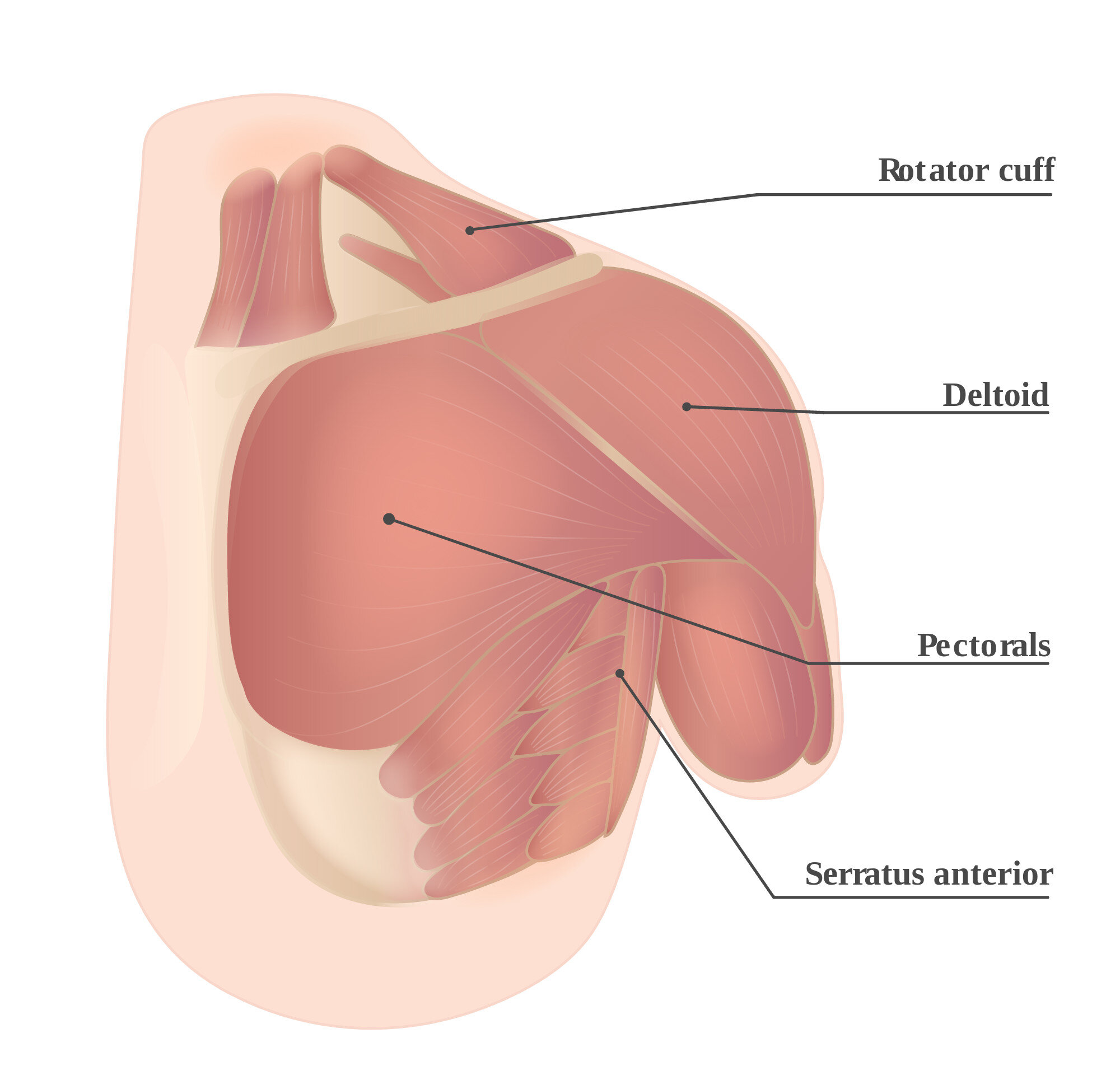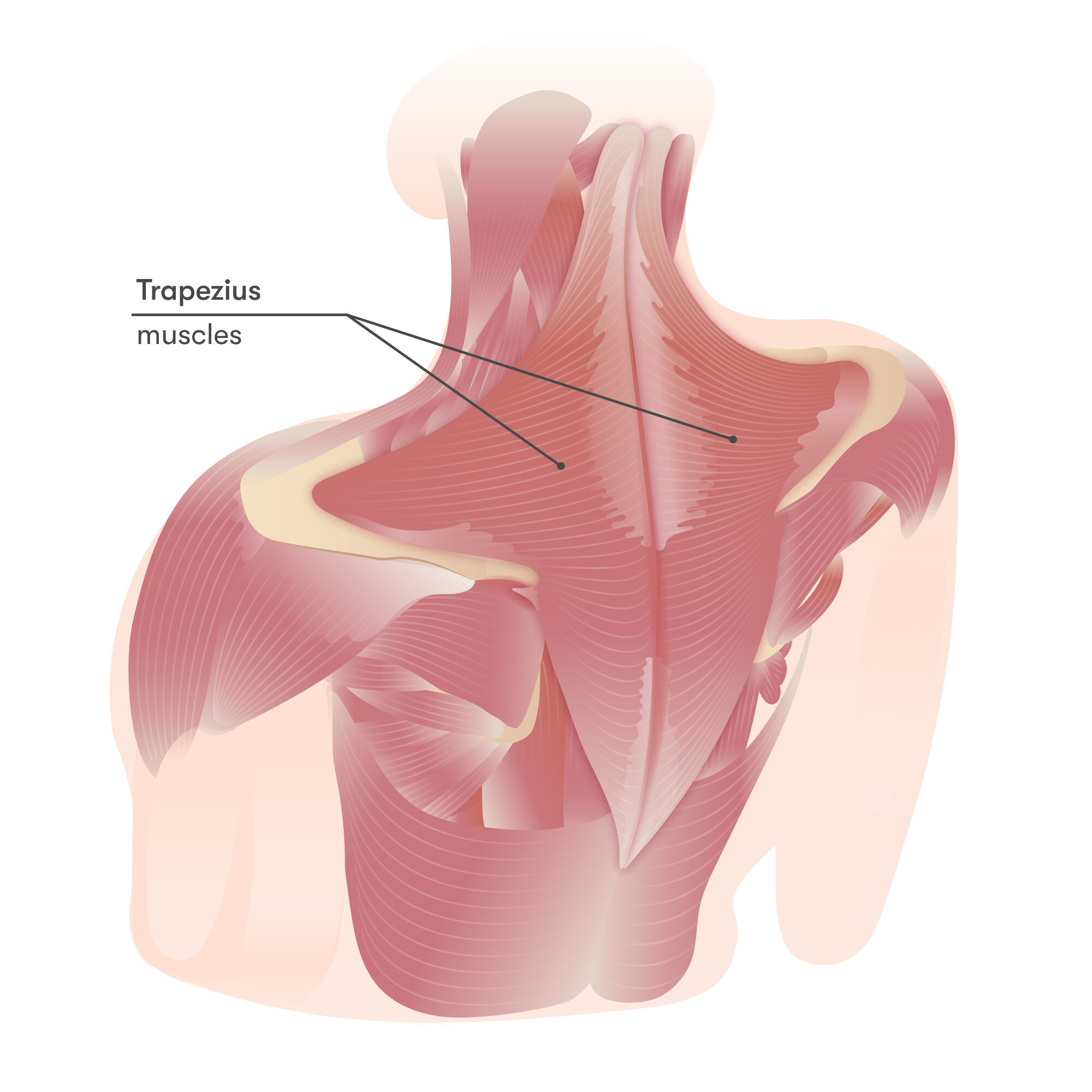Why It Feels So Painful to Lift Your Arms Up Overhead: Degenerative Aging and Chronic Pain
Sep 02, 2022
Do you find yourself avoiding lifting your arms overhead?
It's understandable, as it can often lead to discomfort or even pain. In this article, we will look at degenerative aging and chronic pain as two possible root causes for this issue. We'll also discuss what can be done to help alleviate these issues so you can feel more comfortable in your body during your day-to-day tasks.
We'll start by looking at the anatomy of the body. When we lift our arms overhead laterally (to the side)* we are primarily using the rotator cuff, which is comprised of four muscles and is used to prevent your humerus (the upper arm bone) from popping out of the shoulder socket.
The four muscles of the rotator cuff are the teres minor, the infraspinatus, the supraspinatus, and the subscapularis.

Image Attribution: https://www.injurymap.com/free-human-anatomy-illustrations
The supraspinatus is the main muscle in this group that is responsible for the upwards motion of the arm. However, the supraspinatus is the smallest of these four muscles and is only the primary mover until the arm reaches about 15 degrees. At this point, it continues to assist, but the primary mover becomes the deltoid until about 90 degrees.

Image Attribution: https://www.injurymap.com/free-human-anatomy-illustrations
From here, the trapezius and serratus anterior work together to lift the arm above 90 degrees.
This is important to understand so we can know which muscles groups are preventing you from lifting your arms higher. For most people, they can reach 90 degrees, but it is the utilization of the trapezius and serrates anterior that begins to create discomfort and/or pain.
If you'd like a deeper look into the anatomy involved, we encourage you to learn about the scapulohumeral rhythm which dissects the kinematic interaction between the scapula and the humerus. We recommend reading this article by Physiopedia.
Why Does It Become Painful?
As mentioned above, there can be many causes, but we will be analyzing the impact of the aging process and chronic pain.
With aging comes the deterioration of your bones, muscles, and connective tissue which can lead to difficulty performing certain movements, especially ones we don't do as often.
Mobility is also extremely important to consider, as reduced mobility will prevent the movement of the body around a specific joint, directly impacting its ability to flex, extend, rotate, adduct, and abduct.
According to an article written by Nestle Health Science, we experience a significant decline in shoulder mobility, losing about 5-6 degrees each decade. This helps us understand that naturally our shoulder mobility will decrease, but we can improve mobility through the methods we'll discuss below.
In addition, we may experience chronic pain which can be a result of any number of things such as poor posture, lifting things/doing tasks incorrectly, or pain from chronic conditions (i.e. arthritis, fibromyalgia, etc.).
When we consider the discomfort we experience as we lift our arms above our head, if the pain begins after 90 degrees, it may be associated with chronic pain in the trapezius.

Image Attribution: https://www.injurymap.com/free-human-anatomy-illustrations
If you're experiencing chronic pain in the neck and upper back, it can be impeding your mobility, and the ability to properly lengthen and contract muscle fibers needed to raise your arms overhead.
This doesn't mean you will never be able to perform the movement, but you will need to address the root cause first.
How Do We Fix It?
When dealing with age degeneration, muscle strengthening and mobility exercises are the most beneficial way to slowly build back the strength and movement necessary to lift your arms overhead pain-free.
Here are some strengthening movements we recommend:
Upper Body Strengthening Exercises to Help You Raise Arms Overhead Pain-Free
Here are some mobility movements we recommend:



